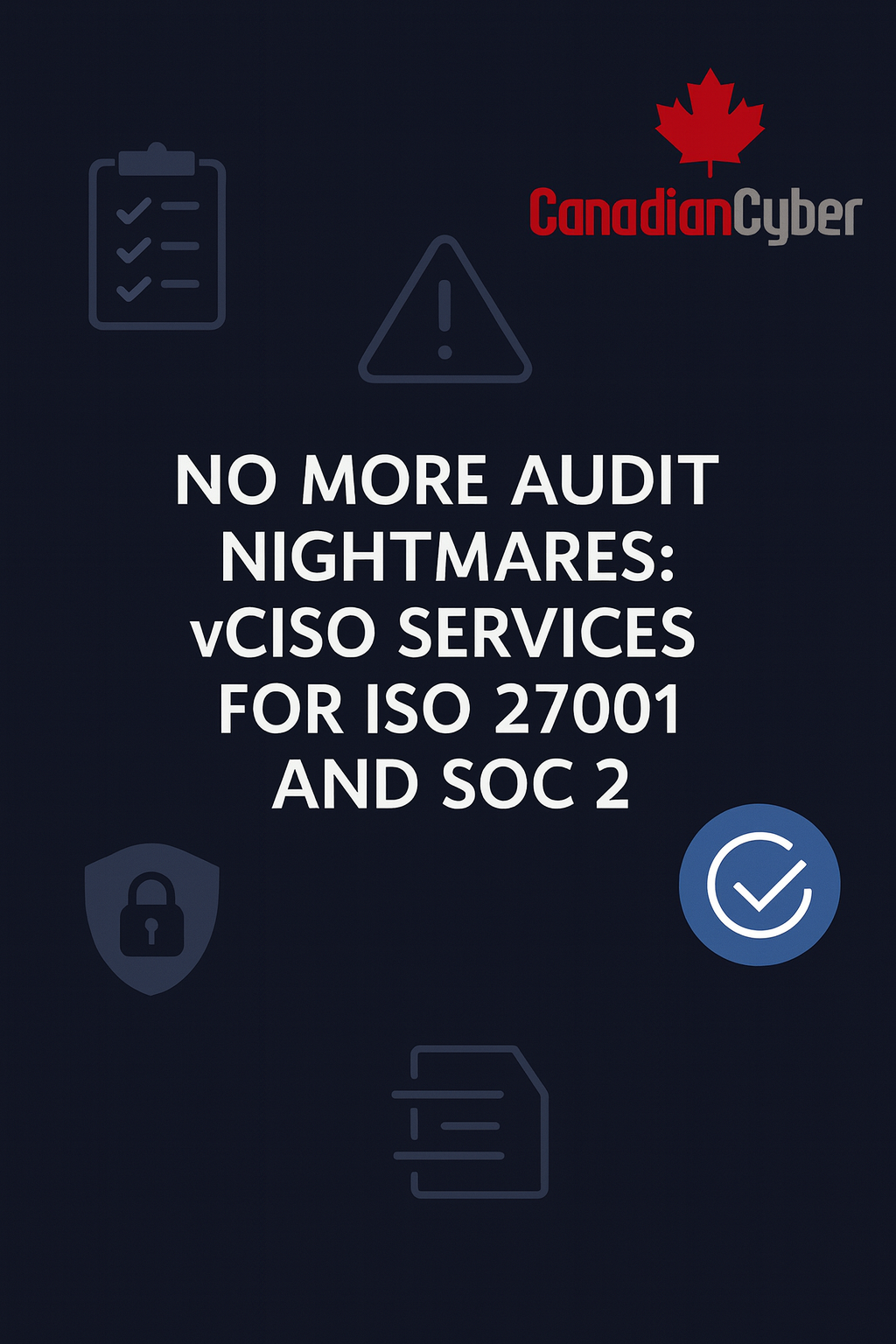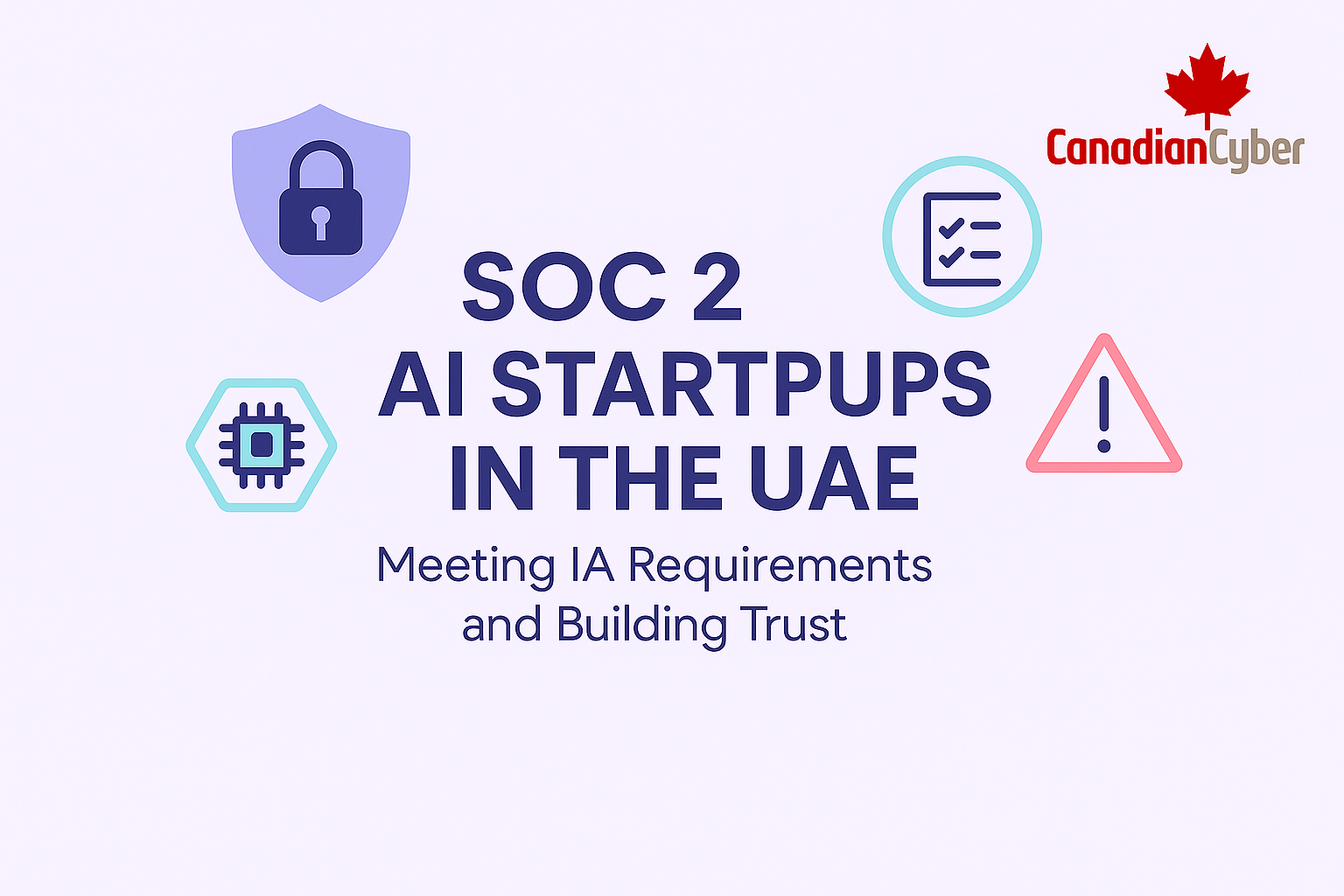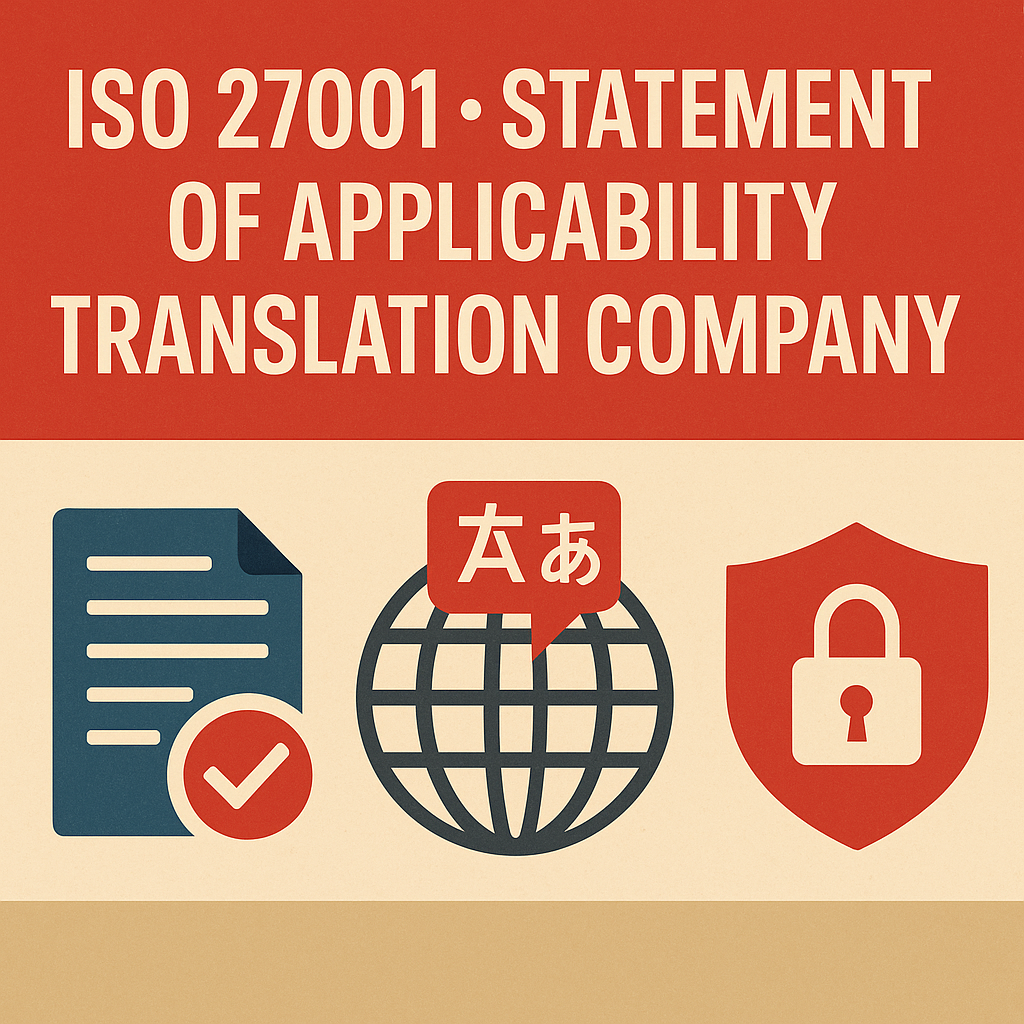ISO 27001 • Nonconformities • MSPs
Closing the Loop: How MSPs Can Manage Nonconformities & Corrective Actions Under ISO 27001
Turning Mistakes into Measurable Improvement
For Canadian Managed Service Providers (MSPs), information-security success isn’t about avoiding every misstep it’s about how you respond when one happens.
When a vulnerability slips through, a process is skipped, or an audit finding surfaces, ISO 27001 expects you not to hide it but to record it, fix it, and learn from it.
That’s exactly what the Nonconformity and Corrective Action Records template (CC-ISMS-010) from Canadian Cyber was designed for. It helps MSPs create a closed-loop system that transforms every security lapse into evidence of continual improvement the core of Clause 10.2 of ISO/IEC 27001:2022.
Why Managing Nonconformities Matters for MSPs
Your clients trust you to maintain uptime, backups, and data integrity. But with dozens of systems and environments to manage, even strong MSPs face misconfigurations, missed patch cycles, or documentation gaps.
Without a formal process, these small issues can repeat eroding compliance and credibility. A documented nonconformity and corrective-action system ensures you:
- Detect and log every deviation (from audits, incidents, or complaints)
- Investigate root causes, not just symptoms
- Implement effective, tracked corrective actions
- Provide proof of improvement to auditors and clients
In ISO 27001 terms, this process fulfills Clause 10.2 (Nonconformity and Corrective Action) and supports Clause 10.1 (Continual Improvement) plus Annex A controls A.5.35 – A.5.37.
Building the Process with the CC-ISMS-010 Template
The template outlines a simple but rigorous cycle:
- Identify & Log: Record the issue in the Nonconformity Log with its classification (major, minor, OFI).
- Correct Immediately: Contain the risk while planning long-term fixes.
- Find the Root Cause: Use tools like the 5 Whys or fishbone analysis.
- Plan Corrective Action: Document what will change, who owns it, and when it’s due.
- Implement & Verify: Gather evidence and confirm effectiveness before closure.
- Trend & Improve: Analyze logs quarterly to spot recurring patterns.
Let’s see how this works in practice.
🧾 Sample Nonconformity and Corrective Action Record
(Based on the Canadian Cyber CC-ISMS-010 Template)
| Field | Details |
|---|---|
| Document Title | Nonconformity and Corrective Action Records |
| Document Number | MS-ISMS-010 |
| Version | 1.0 |
| Date | October 2025 |
| Company | Maple Shield IT Services Inc. |
| Classification | Confidential |
1. Purpose
To ensure every information-security nonconformity within Maple Shield’s ISMS is properly identified, investigated, corrected, and verified, providing continual improvement evidence per ISO/IEC 27001 Clause 10.2.
2. Scope
Applies across all Maple Shield operations client infrastructure management, cloud hosting, internal IT, and data-center services where ISMS controls are implemented.
3. Roles & Responsibilities
| Role | Responsibility |
|---|---|
| CEO | Approves major corrective-action plans and resources. |
| ISMS Manager | Maintains the Nonconformity Log, assigns owners, and tracks closure. |
| Internal Auditor | Verifies effectiveness through follow-up audits. |
| Process Owners | Implement actions and provide evidence. |
4. Procedure Overview
- Identification & Logging: Every finding (from an audit or incident) is entered into the Nonconformity Log with a unique ID.
- Immediate Correction: Contain the issue (e.g., temporary fix or policy enforcement).
- Root Cause Analysis: Determine why it happened and whether similar risks exist elsewhere.
- Corrective Action Plan: Document the long-term fix and assign responsibility.
- Verification & Closure: Internal Auditor verifies effectiveness before marking “Closed.”
- Trend Review: Quarterly analysis identifies recurring nonconformities for continuous improvement.
5. Sample Record (Excerpt)
| ID | Type | Description | Date Identified | Owner | Root Cause | Corrective Action Plan | Target Date | Status | Verification |
|---|---|---|---|---|---|---|---|---|---|
| NCR-2025-004 | Minor NC | 8% of client servers missing monthly patches contrary to Patch Policy v2.1 | 2025-09-28 | IT Operations Lead | Automation script excluded new VM subnets from scan scope | 1) Update scan scope to include all subnets; 2) Add QA check in patch process; 3) Retrain IT Ops staff | 2025-10-15 | Closed | Verified by Internal Auditor on 2025-10-20 no missing patches detected in subsequent scan |
Verification Evidence: Follow-up patch report attached to NC log entry in SharePoint.
Retention: All records maintained for 6 years as audit evidence.
6. Continuous Improvement Initiatives
- Quarterly trend reviews to identify recurring process weaknesses
- Root-cause analysis training for department managers
- Integration with ticketing tools for automatic reminders and closure tracking
These initiatives turn compliance into culture everyone owns improvement.
Why This Example Works
- Every issue has a record, root cause, and closure evidence
- Management can track and measure improvement trends
- Auditors find a complete trail of compliance and accountability
How Canadian Cyber Helps MSPs Stay Audit-Ready
- Nonconformity & Corrective Action Templates (CC-ISMS-010)
- Integrated Audit and Corrective Action Trackers
- Root-Cause Analysis Training for ISMS Teams
- Virtual CISO (vCISO) Oversight for Continuous Improvement
- Pre-Certification Audit Readiness Support
With our frameworks, you don’t just close nonconformities you prove maturity.
Ready to Strengthen Your ISO 27001 Compliance Cycle?
Let’s make your next audit your best yet. Partner with Canadian Cyber to build an evidence-driven, improvement-focused ISMS.
Connect with Canadian Cyber
Canadian Cyber Turning Findings into Future Strength.














